When is a tasting menu worth your money ... and your time?
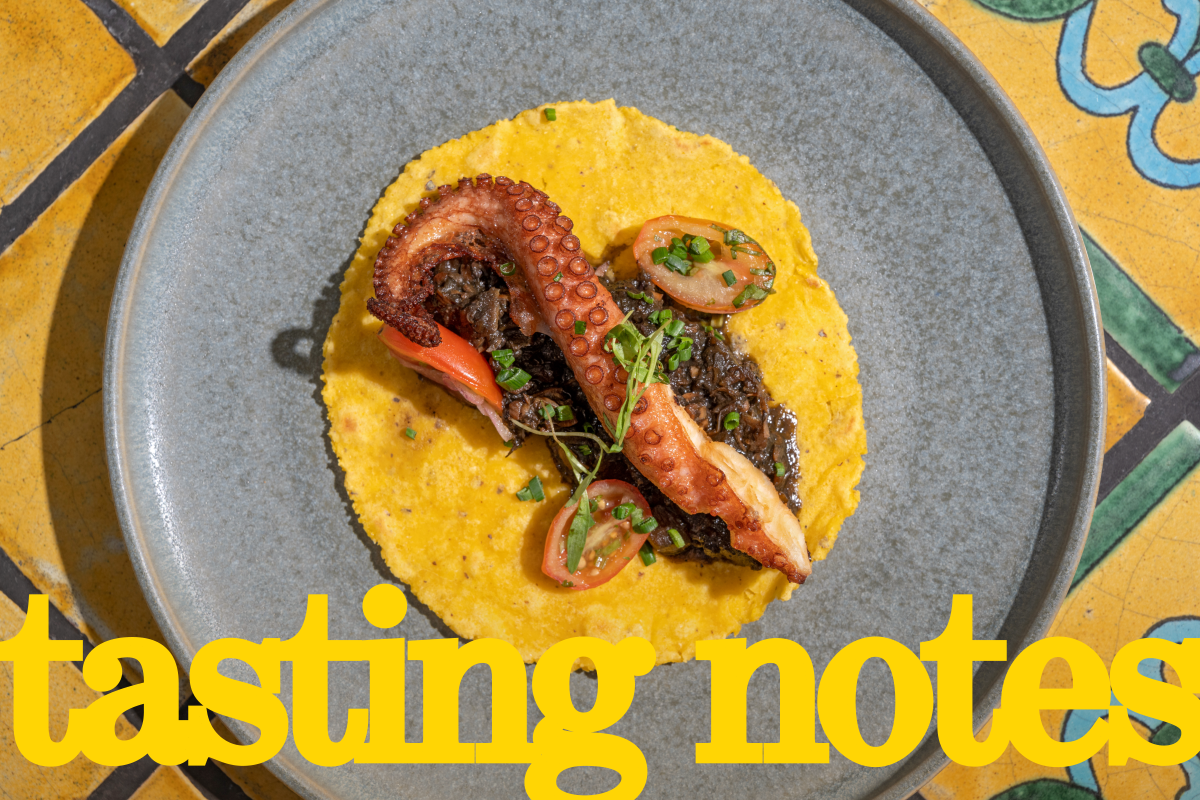
- Share via
Red foods for Juneteenth, Lucas Kwan Peterson’s salad days, a Pump-Tini-powered “Vanderpump Rules” restaurant crawl, Netflix’s IRL food show and a taqueria that brought in a priest to get employees to confess their work sins ... I’m Laurie Ochoa, general manager of L.A. Times Food, with this week’s Tasting Notes.
Worth a taste?
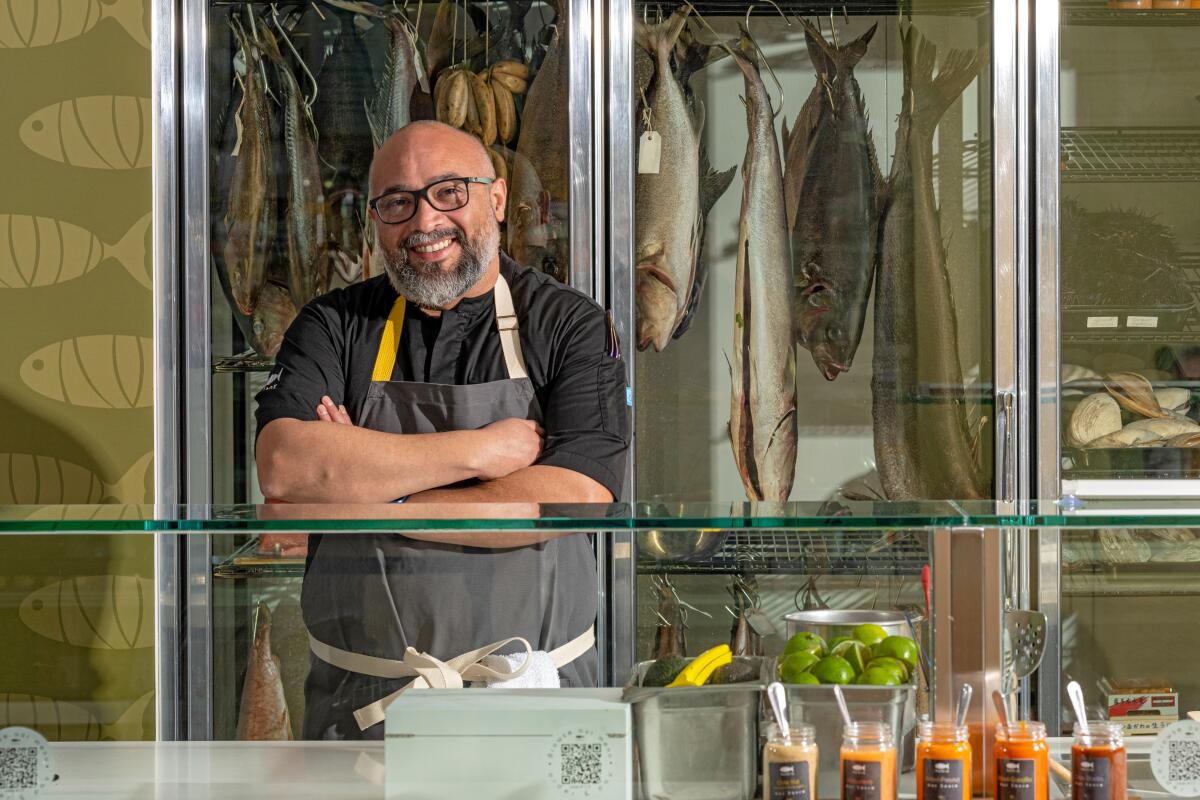
I’ve been eating a lot of tasting menu meals in Los Angeles lately. It’s a classic form of dining that always existed in L.A. but didn’t really become an entrenched part of the scene until the last few years. That’s partly due to the stereotype of Angelenos as demanding, mix-and-match, substitutions-whenever-possible diners who like to be in control.
But especially in this post-pandemic period, when restaurant staffs and budgets are stressed, chefs and restaurateurs are looking to take back control with tasting menus that allow kitchens to cook and serve their food at a predictable pace and to keep their costs predictable too.
Some diners are rebelling. They say tasting menus cost too much, take too long and often include courses with caviar or the inevitable Wagyu beef added for luxury’s sake only. This has always been true of some tasting menus, whether in Paris or L.A. Yet a tasting menu can be one of the most exciting ways to eat when served by chefs with vision and a sense of mission, chefs who respond to the seasons and work in new dishes because they’re fired up about an ingredient or technique they’ve perfected and not just to justify a high dinner tab.
As much as I sympathize with diners who are experiencing tasting menu fatigue, I’m not ready to give up on the form, especially when we are seeing a new generation of diverse chefs changing the shape of a way of eating that for the most part used to be the dominion of white, male chefs.
Whenever I eat at Kato, for instance, I’m impressed with the way chef and owner Jonathan Yao brings some of the flavors, textures and traditions of his Tawainese American upbringing in the San Gabriel Valley to the world of high-end dining. It’s one of the reasons Times critic Bill Addison raves about the place. And there’s always a new reason to try his latest menu. I see on Instagram that Yao is pressing pig ear to highlight its texture — “a sensation not found often in Western cuisines,” the post reads — and turning the SGV side dish into something artful.
This week I was at Sushi Kaneyoshi, where Yoshiyuki Inoue serves what at first seems to be a traditional sushi-kaiseki omakase but that reveals itself to be the work of a chef with a strong individual voice working within the confines of a traditional structure. The crackle of crisp nori in an open hand roll of squid and shiso, the perfection of the custard in his chawanmushi with Hokkaido scallops, the lightness of his ankimo or monkfish liver served two ways and especially the camaraderie between him and his customers and his cooking team of two, which includes a woman chef, makes the Kaneyoshi experience worth the money. No wonder Addison placed it so high in his top 21 list of L.A. sushi bars.
But the restaurant that embodies the best of what a Los Angeles tasting menu can offer is also the place Addison chose as this year’s L.A. Times Restaurant of the Year: Gilberto Cetino’s Holbox, in downtown L.A.’s Mercado la Paloma, the community food hall where his family’s Yucatecan restaurant Chichén Itzá opened 16 years ago. Compared to tasting menus that can run $300 for one person, Cetino’s tasting menu experience, as intimate as Inoue’s at Kaneyoshi in terms of chef-to-customer interaction but with a lot more background noise, is a relative bargain at $115. He takes the traditions of Mexican mariscos restaurants and brings his own creativity and ambition to the plate.
“He aimed to re-create the innate sophistication he’d encountered in the techniques at roadside seafood stands in Baja or fishing villages in the Yucatán,” Addison writes.
“As Cetina and his team continued mastering signatures — grilled octopus taco anchored by mulchy sofrito stained black from squid ink, a bisque-like stew showcasing delicate seafood sausage, seasonal jewels like bay scallop aguachile in lime-serrano-cilantro marinade or spiny lobsters fragrant from mesquite — Holbox was quietly becoming one of the city’s most stirring dining destinations,” says Addison. “No one in Los Angeles had approached mariscos with quite the same merging of soul and finesse.”
Cetino’s tasting menu makes the case that the form is still vital.
Enjoying this newsletter? Consider subscribing to the Los Angeles Times
Your support helps us deliver the news that matters most. Become a subscriber.
The Gold Award
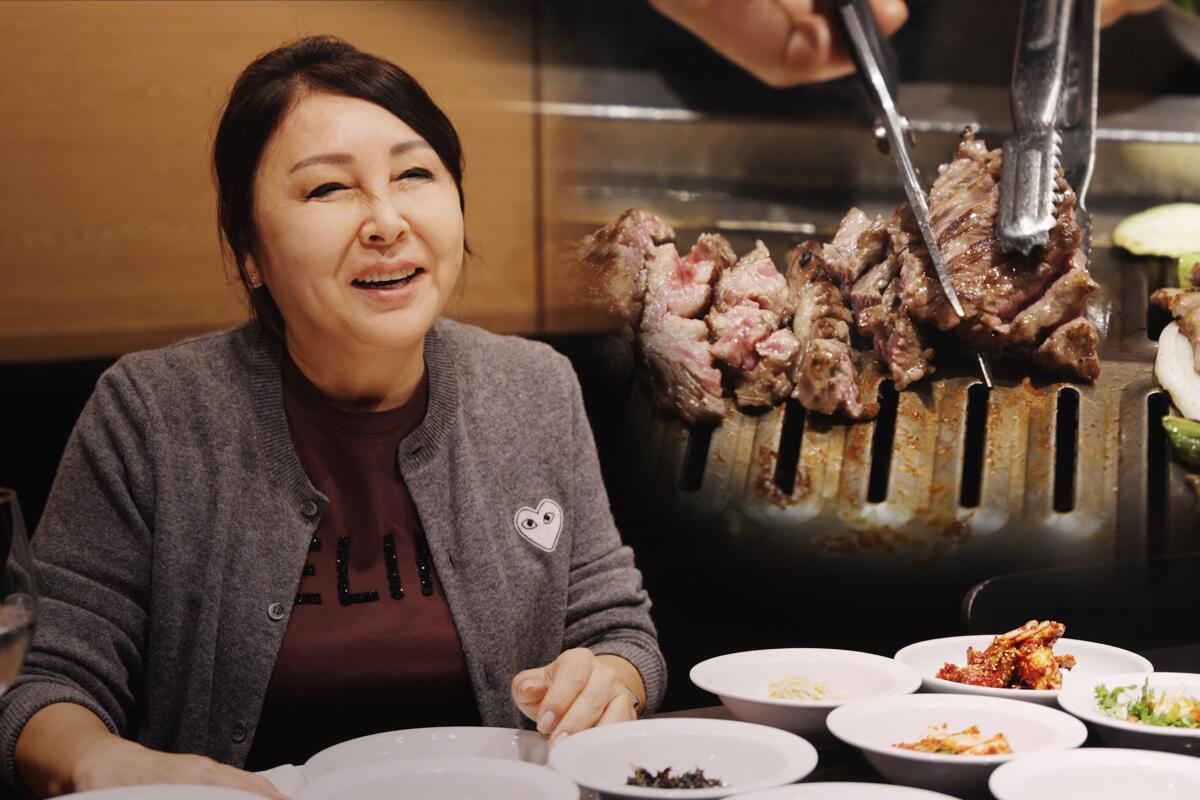
On Tuesday, we not only announced our Restaurant of the Year award for Holbox, we named Koreatown’s Park’s BBQ as the winner of this year’s Gold Award, which, as I wrote this week, is “an honor conceived in 2017 by my husband, and this paper’s restaurant critic until his 2018 death, ‘with the idea,’ he wrote at the time, ‘of honoring culinary excellence and expanding the notion of what Southern California cooking might be.’” That’s certainly what Jenee Kim has done with Park’s, which may have opened after Korean barbecue was already established in Los Angeles but had a big hand in making the flavors of Korean barbecue an essential element in the cuisine of Los Angeles — and in expanding the possibilities of what Korean food could be in this city. Read my story on Park’s and Kim for more.
And if you want tickets to the dinners celebrating Holbox as Restaurant of the Year on Sept. 13 and Park’s Barbecue for the Gold Award on Sept. 12 — part of our Food Bowl festival sponsored by City National Bank — go to our lafoodbowl.com website.
Red foods for Juneteenth
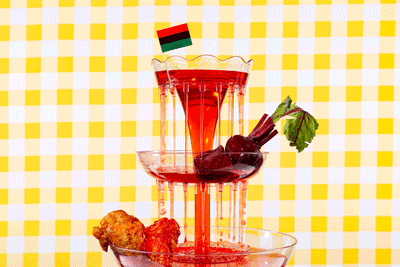
Assistant food editor Danielle Dorsey wrote a beautiful — and useful! — story about the red foods that make Juneteenth and so many family gatherings throughout the year special. Starting with her own fuzzy memories of a childhood celebration in Allensworth, Calif., “the state’s only Black-founded town,” Dorsey provides a guide to 13 Black-owned businesses where you can find not only red-velvet cake (with a shout-out to Ms Ruby’s Bakery), but red drink, red beans, red-sauced ribs and much more.
‘I think I’ve become part romaine’

Lucas Kwan Peterson ate so much salad for his ranking of Southern California’s salad chain restaurants that he feared he was becoming the salad. Where do Sweetgreen and Goop Kitchen fit into his best-to-meh rankings? You might be surprised at the places he ranks the best.
Still more salad ... for dinner
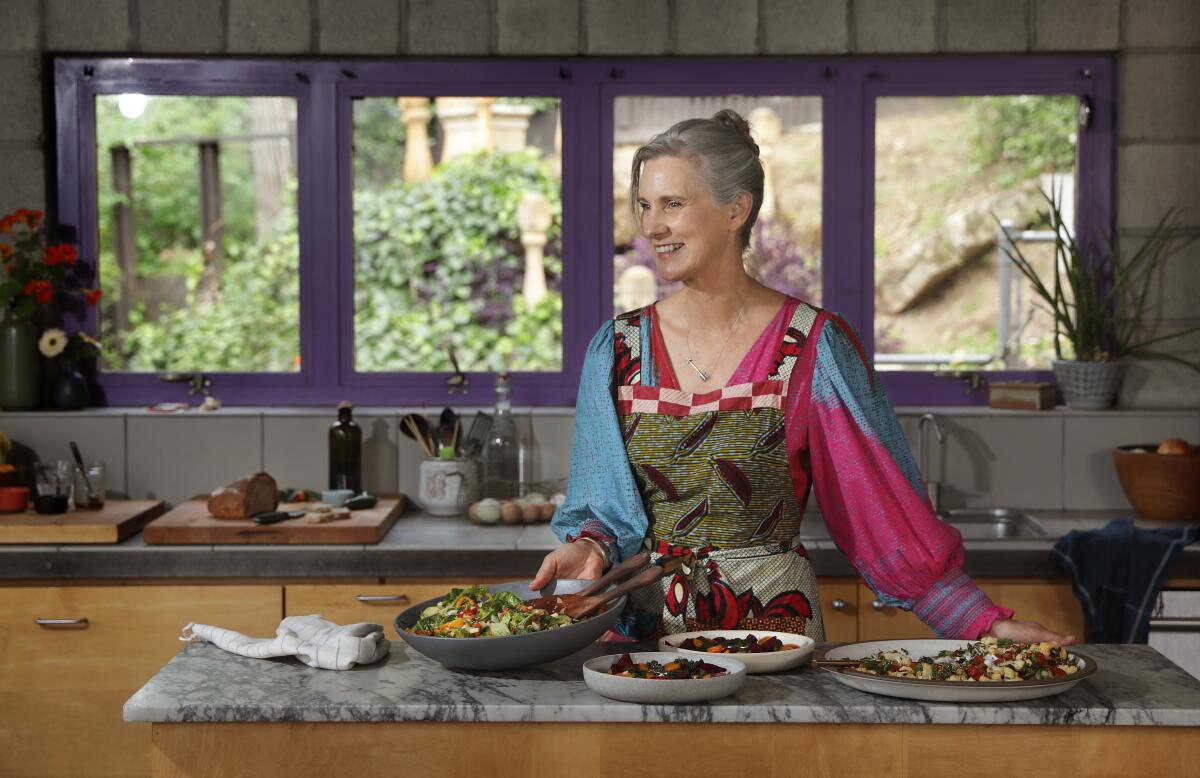
Novelist and former L.A. Times restaurant reviewer Michelle Huneven went to cook and eat with “Vegetarian Salad for Dinner” author Jeanne Kelley — “the food writer’s version of an interview,” Huneven writes. I was lucky enough to taste some of the salads from Kelley’s book when Huneven was testing recipes and can attest that the salads are sensational. Of course, I didn’t have to spend hours peeling chickpeas and chopping vegetables as Huneven did for one of the showstopper salads. But there are plenty of less time-consuming recipes. Huneven’s story, with beautiful photos by recent Pulitzer Prize winner Christina House, talks about those recipes and the ever-growing practice of having a meatless salad as a main course for dinner.
A ‘Vanderpump Rules’ food crawl
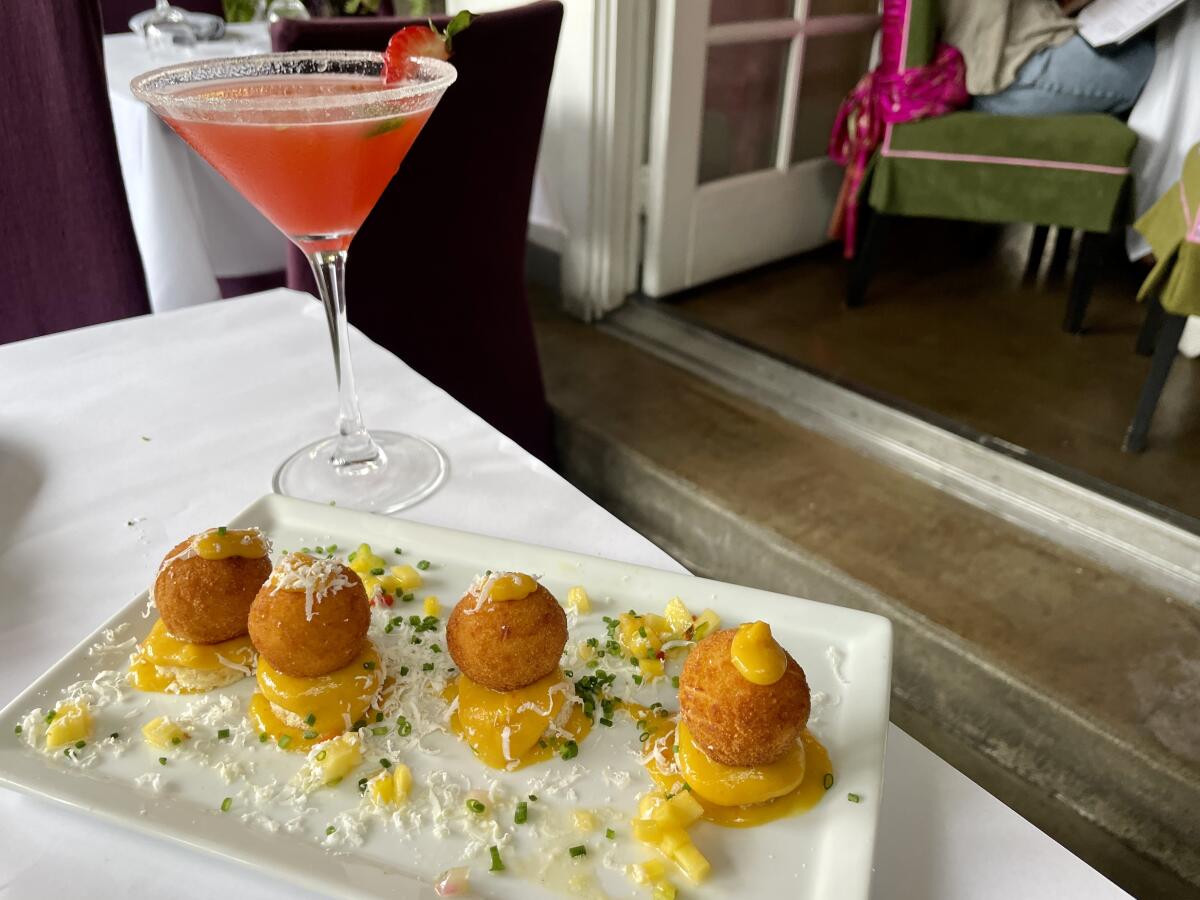
Fortified with Pump-Tinis and Vanderpump Rose wine, L.A. Times Food columnist Jenn Harris made her way through every restaurant in the realm of the reality show “Vanderpump Rules.” While the show’s fans dissect the cheating scandal known as #Scandoval among three of the cast members, Harris says she “visited all four restaurants [Pump, Sur (which stands for “sexy, unique restaurant”), TomTom and Schwartz & Sandy’s Lounge] to talk about the one thing no one is talking about: “what it’s like to have an actual meal at these restaurants.” Among her sightings: a table where three of the four women were in leopard-print bustiers and “spa food you won’t mind eating while you dance in your seat.”
Have a question?
Also ...
—In her weekly restaurant news column, Stephanie Breijo writes that Dear Jane’s in Marina del Rey, Dunsmoor in Glassell Park, Cobi’s in Santa Monica, Villa’s Tacos in Highland Park, Cento in West Adams and Juliet in Culver City have been added to the Michelin Guide‘s regional list. She also reports that Animal on Fairfax, the meat lover’s restaurant that kickstarted Jon Shook and Vinny Dotolo’s Jon & Vinny’s empire, and plant-based restaurant Nic’s will close at the end of this week. Plus, notes on Stir Crazy’s transformation from coffee shop to wine bar, the revival of Orange County’s iconic tiki bar Royal Hawaiian, a new location for the Cheese Store of Beverly Hills following last year’s transfer of ownership from the legendary Norbert Wabnig to mentee Dominick DiBartolomeo.
—While its writers are out on strike, Netflix, as Melissa Gomez reports, is trying out the restaurant business. Its Netflix Bites pop-up inside the Short Stories Hotel on Fairfax will serve a tasting menu curated by chefs and personalities from its many food shows, including Dominique Crenn, Curtis Stone, Ming Tsai, Nadiya Hussain, Rodney Scott, Jacques Torres, Ann Kim and Andrew Zimmern along with mixologists from the streamer’s “Drink Masters.”
—Columnist Gustavo Arellano’s flaming hot take on why the “Flamin’ Hot” Cheetos movie is pandering and pernicious.
—Reporter Noah Goldberg on the Sacramento taqueria “under investigation for wage theft [that] brought in a priest to get workers to ‘confess’ about sins they had committed in the workplace.”
Sign up for the Tasting Notes newsletter
Eat your way across L.A.
Get our weekly Tasting Notes newsletter for reviews, news and more.
You may occasionally receive promotional content from the Los Angeles Times.





